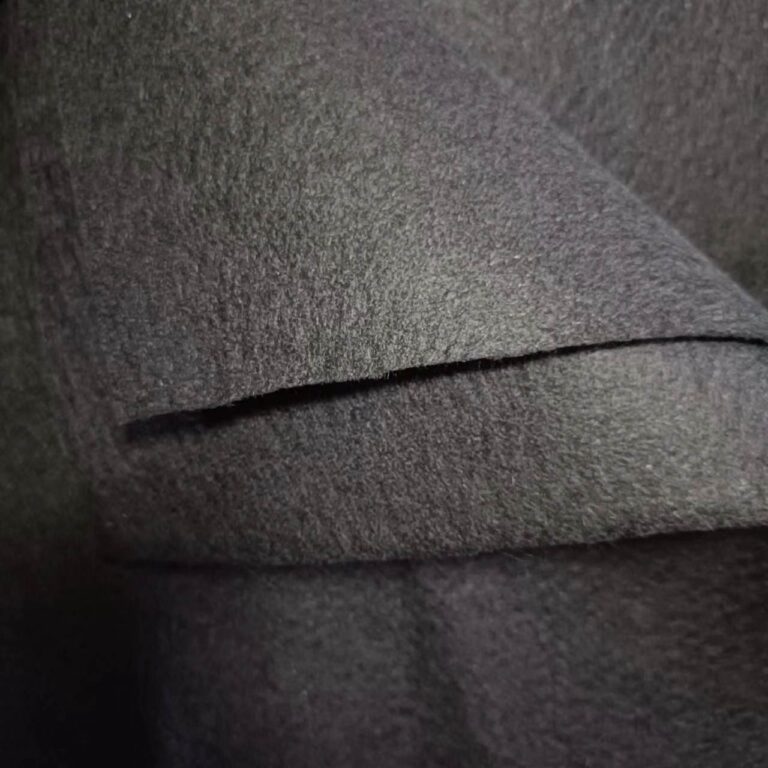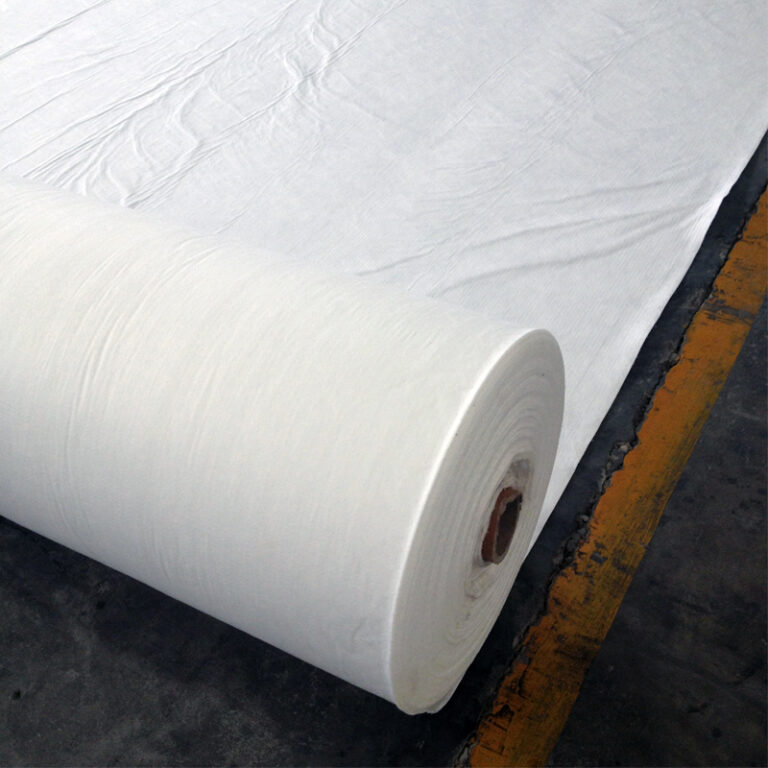Why Nonwoven Geotextiles Are Essential for Modern Construction
Nonwoven geotextiles are synthetic fabrics made by bonding fibers (like polyester or polypropylene) using heat, chemicals, or needle punching (a process where barbed needles mechanically interlock fibers). Unlike woven geotextiles, which have a grid-like structure, nonwoven geotextiles are porous, flexible, and ideal for drainage, erosion control, and soil stabilization.
Key Benefits of Nonwoven Geotextiles
Soil Stabilization
Nonwoven geotextiles prevent soil layers from mixing, creating a stable base for roads, embankments, and foundations. This reduces cracking and extends project lifespans.
Superior Drainage
Their porous structure allows water to flow through while trapping soil particles. This prevents erosion and waterlogging, especially in flood-prone areas.
Erosion Control
On slopes or shorelines, nonwoven geotextiles act as a protective barrier. They stabilize soil and promote plant root growth, reducing erosion by up to 80%.
Eco-Friendly
Made from recycled materials and resistant to decay, they minimize waste. Some brands even offer biodegradable options made from jute or hemp.
Applications in Real Projects
Road Construction
In a European highway project, nonwoven geotextiles prevented soil mixing and improved drainage, cutting maintenance costs by 30%.
Road construction using geotextiles
Coastal Protection
In Asia, these geotextiles stabilized eroding shorelines. Combined with vegetation, they reduced wave damage by 50%.
Landfills
A North American landfill used nonwoven geotextiles to filter contaminants and reinforce cover systems, ensuring environmental safety.
How to Install Nonwoven Geotextiles
1. Prepare the Site
Clear debris and level the ground to avoid punctures.
2. Overlap Sheets
Overlap edges by 12 inches (30 cm) and secure with staples.
3. Avoid Overstretching
Lay the fabric loosely to accommodate soil movement.
4. Protect from UV Rays
Cover with soil or gravel immediately after installation.
Nonwoven vs. Woven Geotextiles
Feature | Nonwoven | Woven |
Strength | Moderate tensile strength | High tensile strength |
Permeability | High (ideal for drainage) | Low |
Best For | Erosion control, filtration | Heavy load support |
Future Trends
- Biodegradable Options: Jute and hemp geotextiles that decompose naturally.
- Smart Materials: Geotextiles that adjust permeability based on moisture levels.
- 3D Printing: Custom designs for complex projects.
Why Choose Nonwoven Geotextiles?
They balance performance and sustainability. For example, using needle-punched nonwoven geotextiles in drainage systems can reduce water damage by 40%.


